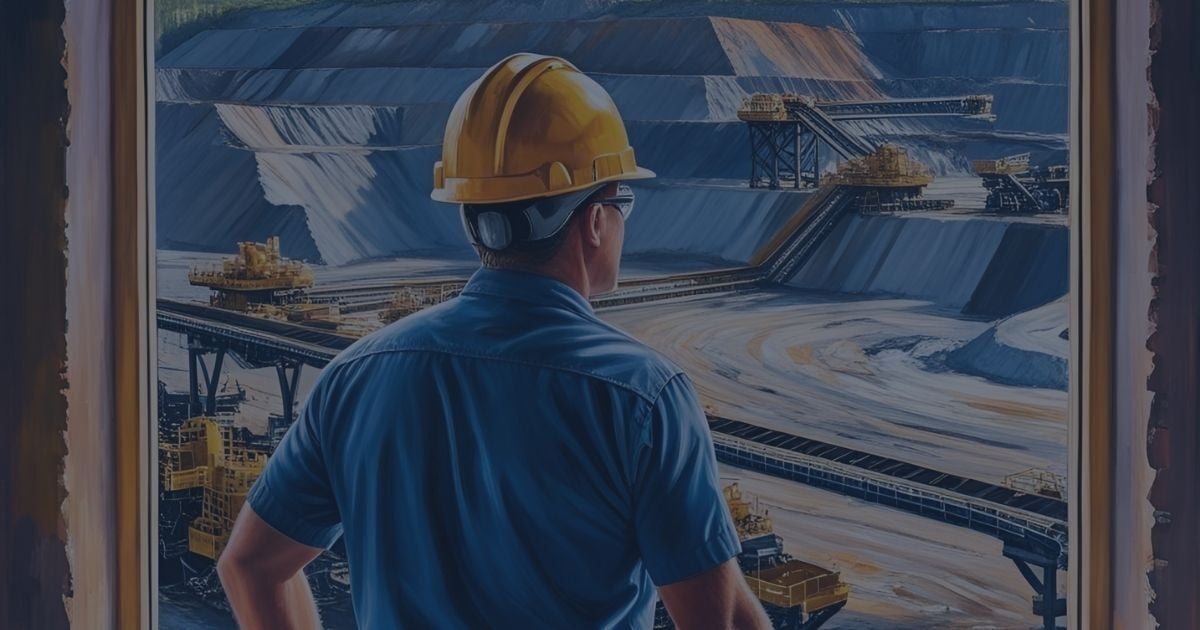
Cut Emissions and Boost Throughput with AI
Reduce Emissions While Increasing Throughput? Here’s How
In mining, the pressure to reduce emissions often clashes with the need to maintain - or even increase - throughput. Traditionally, sustainability and productivity were seen as competing priorities. Today, that tradeoff is fading. With the rise of AI-powered optimization, forward-looking operations are proving they can cut emissions and boost output simultaneously.
The Historical Tradeoff
Historically, mining companies relied on manual tuning and static operating models. Improvements in throughput often came at the cost of higher energy consumption. Conversely, emissions reduction initiatives - such as throttling equipment or reducing process intensity - risked lowering yield or recovery.
But AI changes the equation. With access to real-time data and machine learning algorithms, mining operations can now detect inefficiencies invisible to traditional systems - and correct them dynamically.
Where the Gains Come From
- Dynamic Process Optimization: AI continuously adjusts process parameters (e.g., grind size, reagent dosing, pump speeds) to minimize energy per ton while maintaining or improving recovery.
- Equipment Efficiency: Predictive models identify optimal operating windows for major equipment like SAG mills, flotation cells, and conveyors - balancing load and power draw to reduce waste.
- Reduced Idle Time: AI helps coordinate downstream and upstream activities, minimizing wait times and unnecessary energy use during bottlenecks.
- Smarter Scheduling: AI-based scheduling platforms optimize when and how ore is processed based on current energy prices and emissions targets.
As outlined by BHP, real-time AI systems have enabled them to analyze energy patterns and make on-the-fly optimizations that both lower greenhouse gas emissions and increase overall productivity.
Proof in the Field
NTWIST’s AI platform has demonstrated measurable impact across multiple customer deployments. In one case, a mining operation achieved:
- 4.7% improvement in throughput
- 22% reduction in energy usage
- GHG emissions savings of over 4,400 tonnes CO₂e per year
According to Schneider Electric, AI-driven mine-to-mill optimization is fast becoming a cornerstone for organizations looking to meet decarbonization mandates without sacrificing performance.
Additional industry benchmarking reported by The Oregon Group shows throughput improvements of 10–20% alongside emissions cuts of up to 30% - all powered by AI-driven operational intelligence.
What It Takes to Get Started
Unlocking this dual benefit doesn’t require a complete overhaul. In most cases, it starts with:
- Consolidating data from control systems, historians, and sensors
- Training machine learning models on historical and live data
- Deploying a real-time recommendation engine that feeds insights to operators or directly into automation systems
At NTWIST, we specialize in helping mining companies implement these systems rapidly - with most customers seeing results in less than 90 days.
Conclusion
Reducing emissions and increasing throughput no longer need to be competing goals. With the right AI strategy, mining operations can drive efficiency and sustainability in parallel. At NTWIST, we build the tools that make that possible.
References
BHP. (2024). Artificial Intelligence Is Unearthing a Smarter Future. Retrieved from https://www.bhp.com/news/bhp-insights/2024/08/artificial-intelligence-is-unearthing-a-smarter-future
Schneider Electric. (2024). Unlocking Mill Efficiency: Leveraging AI Insights for Enhanced Mining Benefits. Retrieved from https://blog.se.com/industry/2024/11/26/unlocking-mill-efficiency-leveraging-ai-insights-for-enhanced-mining-benefits/
The Oregon Group. (2024). The AI Revolution in Mining: Opportunities and Risks. Retrieved from https://theoregongroup.com/energy-transition/technology/the-artificial-intelligence-revolution-in-mining-opportunities-and-risks


